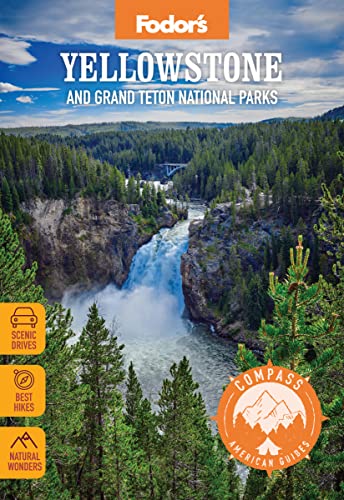Plants and Wildlife in Yellowstone
Eighty percent of Yellowstone is forest, and the great majority of it is lodgepole pine. Miles and miles of the "telephone pole" pines were lost in a 1988 fire that burned more than 35% of the park. The fire's heat created the ideal condition for the lodgepole pine's serotinous cones to release their seeds—which now provides a stark juxtaposition between 35-year-old and 110-year-old trees.
Astonishing Scenery
Yellowstone's scenery astonishes at any time of day, though the play of light and shadow makes the visuals most appealing in early morning and late afternoon. That's exactly when you should be looking for wildlife, as most are active around dawn and dusk, moving out of the forest in search of food and water. May and June are the best months for seeing baby bison, moose, and other recent arrivals. Look for glacier lilies among the spring wildflowers and goldenrod amid the changing foliage of fall. Winter visitors see the park at its most magical, with steam billowing from geyser basins to wreath trees in ice, and elk foraging close to roads transformed into ski trails.
Where the Animals Roam
Bison, elk, and coyotes populate virtually all areas; elk and bison particularly like river valleys and the geyser basins. Moose like the marshy areas along Yellowstone Lake and in the park's northeastern corner. Wolves are most common in the Lamar Valley and areas south of Mammoth; bears are most visible in the Pelican Valley–Fishing Bridge area, near Dunraven Pass, and near Mammoth. Watch for trumpeter swans along the Yellowstone River and for sandhill cranes near the Firehole River and in Madison Valley.




